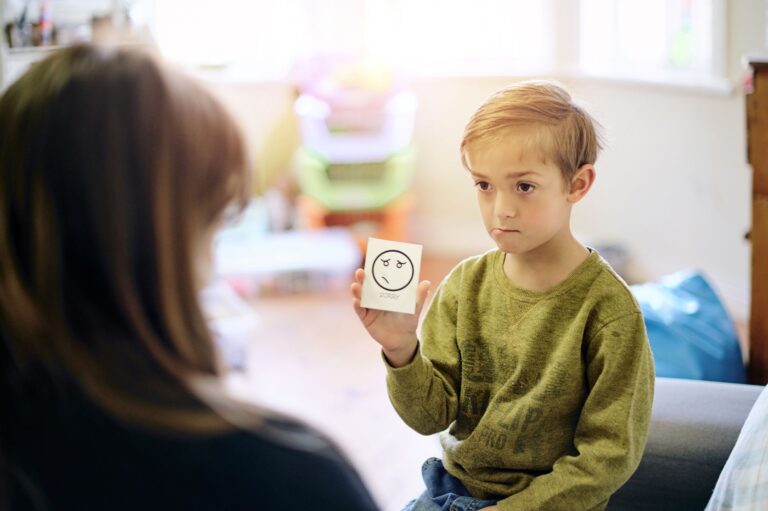In the realm of neurodiversity, conversations often revolve around the multifaceted experiences of autistic individuals. An important aspect that warrants attention is the intersection of autism and chronic pain, particularly in children. Despite being less explored, this correlation sheds light on the complex nature of autism and highlights the importance of recognizing and addressing the challenges faced by autistic children dealing with chronic pain. Current research indicates that autistic children are nearly two times more likely to experience chronic pain compared to their neurotypical peers 1, with gastrointestinal issues, headaches, and musculoskeletal pain being among the most common complaints.
Autism, characterized in part by differences in social communication and behavior, is often accompanied by sensory sensitivities and heightened responses to stimuli2. These sensory experiences can vary widely among autistic individuals, contributing to a unique perceptual landscape that may include hypersensitivity to sounds, textures, or lights3. In addition to sensory sensitivities, autistic individuals may also experience motor coordination difficulties and gastrointestinal problems, all of which can lead to chronic pain. Moreover, repetitive behaviors commonly observed in autistic children, such as rocking or hand-flapping, can exacerbate musculoskeletal pain over time, further complicating chronic pain.
While pain is a universal human experience, autistic individuals may perceive and express it differently due to their sensory processing differences. Children in general, regardless of neurotype, tend to struggle with identifying and alerting their parents and caregivers of discomfort and pain as they learn to regulate their emotions and communicate their needs. Some autistic children may have difficulty articulating their pain or may express it in unconventional ways, such as through changes in behavior or increased outward frustration. This can pose challenges in accurately identifying and addressing their pain needs, leading to underdiagnosis and undertreatment2.
While the medical treatment of chronic pain may be similar across neurotypes (and each child’s medical provider can determine what is best for them), autistic children do require an understanding and mindful approach that emphasizes safety and acceptance. At Bowtie Kids, we provide a fully inclusive environment where all children are welcome and seen as individuals. The experience of chronic pain is not one-size-fits-all, and as such our organization creates activities and programming suited for children who have a range of needs. As our mission is strongly focused on reducing anxiety and depression in children who experience chronic pain, neurodivergent children will find a place with us that is knowledgeable and understanding of sensory sensitivities and accessible experiences.
Reference:
1.) Whitney D. G., Shapiro D. N. (2019). National prevalence of pain among children and adolescents with autism spectrum disorders. JAMA Pediatrics, 173(12), 1203–1205. https://doi.org/10.1001/jamapediatrics.2019.3826
2.) Bogdanova OV, Bogdanov VB, Pizano A, Bouvard M, Cazalets JR, Mellen N, Amestoy A. The Current View on the Paradox of Pain in Autism Spectrum Disorders. Front Psychiatry. 2022 Jul 22;13:910824. doi: 10.3389/fpsyt.2022.910824. PMID: 35935443; PMCID: PMC9352888.
3.)Failla MD, Gerdes MB, Williams ZJ, Moore DJ, Cascio CJ. Increased pain sensitivity and pain-related anxiety in individuals with autism. Pain Rep. 2020 Nov 16;5(6):e861. doi: 10.1097/PR9.0000000000000861. PMID: 33235944; PMCID: PMC7676593.



